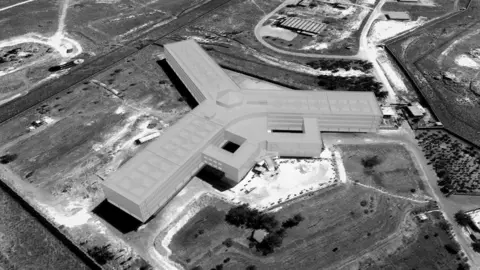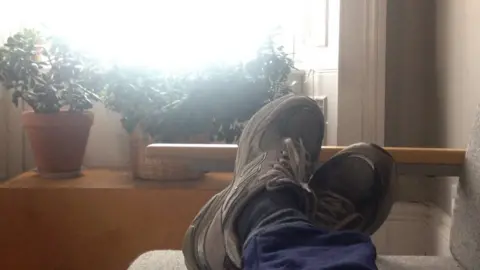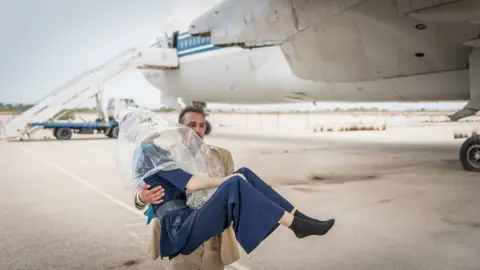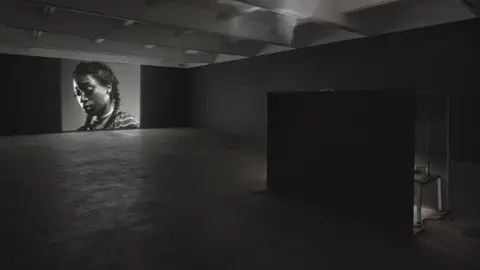Turner Prize 2018 tries to make sense of our mad world
 Forensic Architecture
Forensic ArchitectureLast year's Turner Prize had a traditional feel, featuring painters and woodblock printers who make recognisable, easily decipherable images. This year is different.
The films, installations and performance pieces produced by the artists on the 2018 shortlist are so intellectually complex and politically layered that you might feel you need a PhD in Relational Aesthetics in order to get your head around what they are saying and presenting.
Their work, as Tony Soprano liked to say, is, well… "It's complicated."
Which is no bad thing. We are living in complicated times.
Blurred lines, contested histories, data manipulation, media fragmentation, the opacity of geo-politics and constantly shifting identities are the head-spinning realities of everyday life.
Thank goodness we have artists willing to take on our mad world and explore and examine it in a way that might enlighten or challenge.
 Mark Blower
Mark BlowerWhich brings me to Forensic Architecture, the only collective on the shortlist.
Strictly speaking, the Goldsmiths-based group aren't actually artists, they are activists, intellectuals, computer scientists, architects and investigative journalists. Their work is to reconstruct (not unlike the way in which an architect constructs) historic cases of human rights abuses or state sanctioned violence.
The fact that they present it in art galleries - such as the ICA in London, where they currently have a show - is as subversive as much of their work. It changes its context, makes us look again and think again. The images and films they produce are arresting both in terms of the message and aesthetic.
Are they beautifying trauma and aestheticising murder? Yes, to an extent. But also, no. They are laying out their research in a clear, precise and visually digestible way in order to challenge the information we have been given by authorities to justify their past actions.
It looks good so we look. That's the point.
 Charlotte Prodger
Charlotte ProdgerCharlotte Prodger is far more autobiographical in terms of subject matter, but just as intense and determined in terms of trying to make sense of the world. Her film works are made using a variety of video formats, from old tape systems to the iPhone.
Part of what she is about is a formal investigation into those very formats and how they change shape, and in so doing affect what we see and feel. The content is immediate and personal, made using cameras that she uses as sketchbooks and considers and extension of her body.
 Dimitris Parthimos
Dimitris ParthimosNaeem Mohaiemen's work is overtly political and deeply rooted in the sphere of international relations, left-wing ideologies, the impacts and after effects of colonialism, and his own family's past.
He uses archive film, installations and densely written essays to convey his thoughts, findings and feelings to bring to our attention a view of how we got to where we are and what might be hoped for in the future.
 Andy Keate
Andy KeateThe New Zealand-born, London-based artist Luke Willis Thompson is also a film-maker, who, like the others on the shortlist, works across several other mediums, from performance to installation.
His work is also highly politically charged, and challenges the establishment's dominant public narrative about how and why people are treated and mistreated.
He made a powerful film for the Chisenhale Gallery in London in 2016-17 in collaboration with Diamond Reynolds, who came to public prominence in July 2016 in a live Facebook broadcast moments after her partner was fatally shot by a police officer in Minnesota.
The artist subsequently made a silent film with Reynolds as a "sister image", which was then shown in the gallery.
So, there you have it. Politics, histories and film-making are common threads, as is a seriousness of purpose and intent. There won't be a lot of laughs, but then there's not a great deal to laugh about at the moment.
I think it will be a powerful, important Turner Prize.
